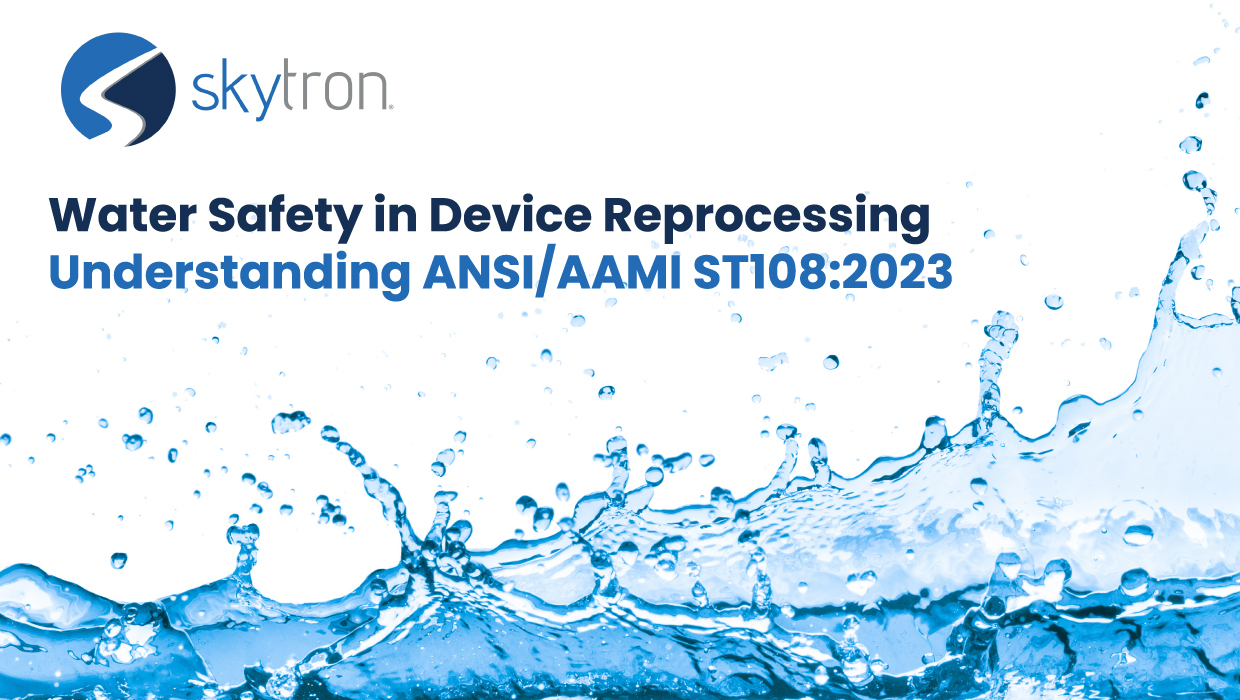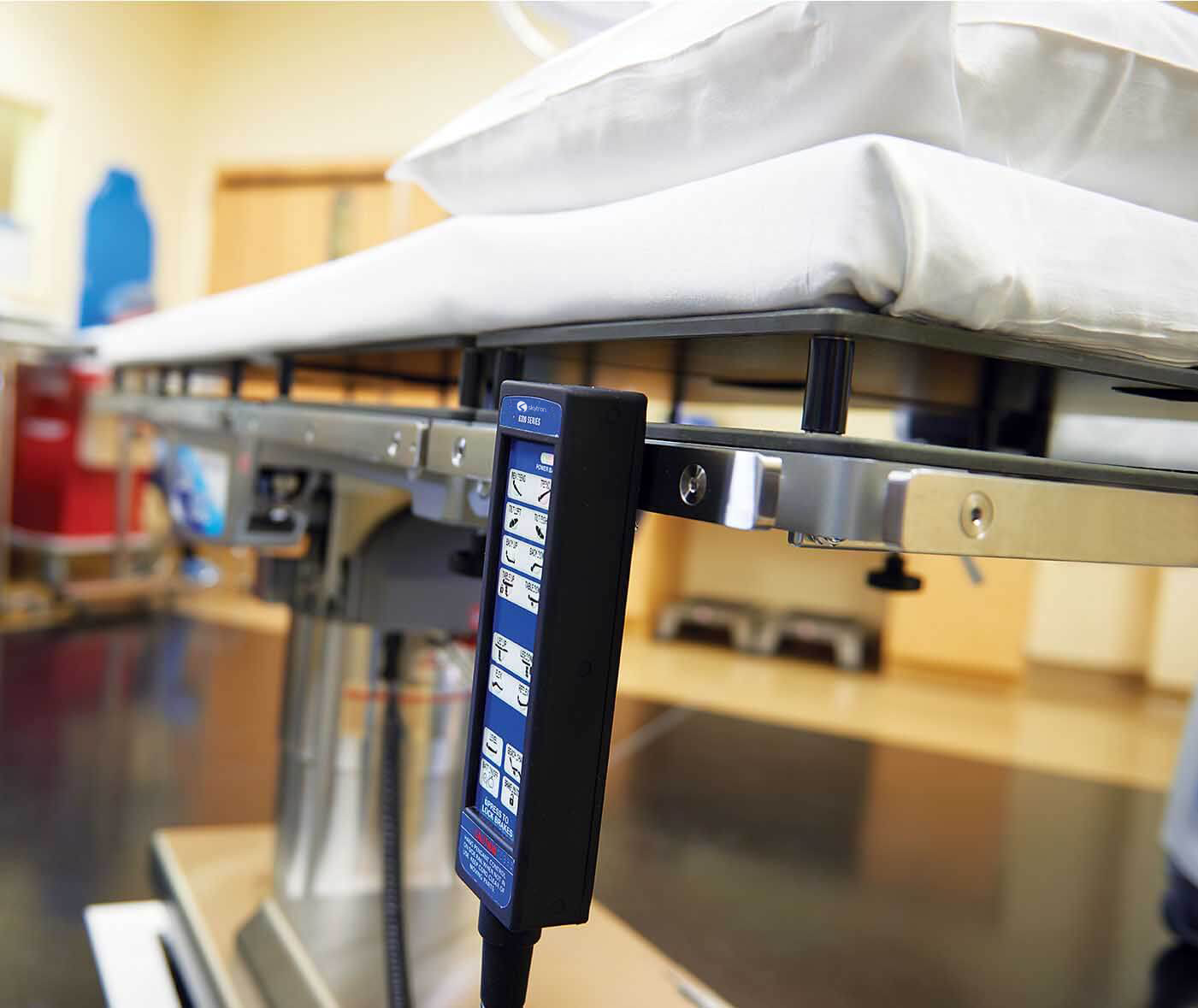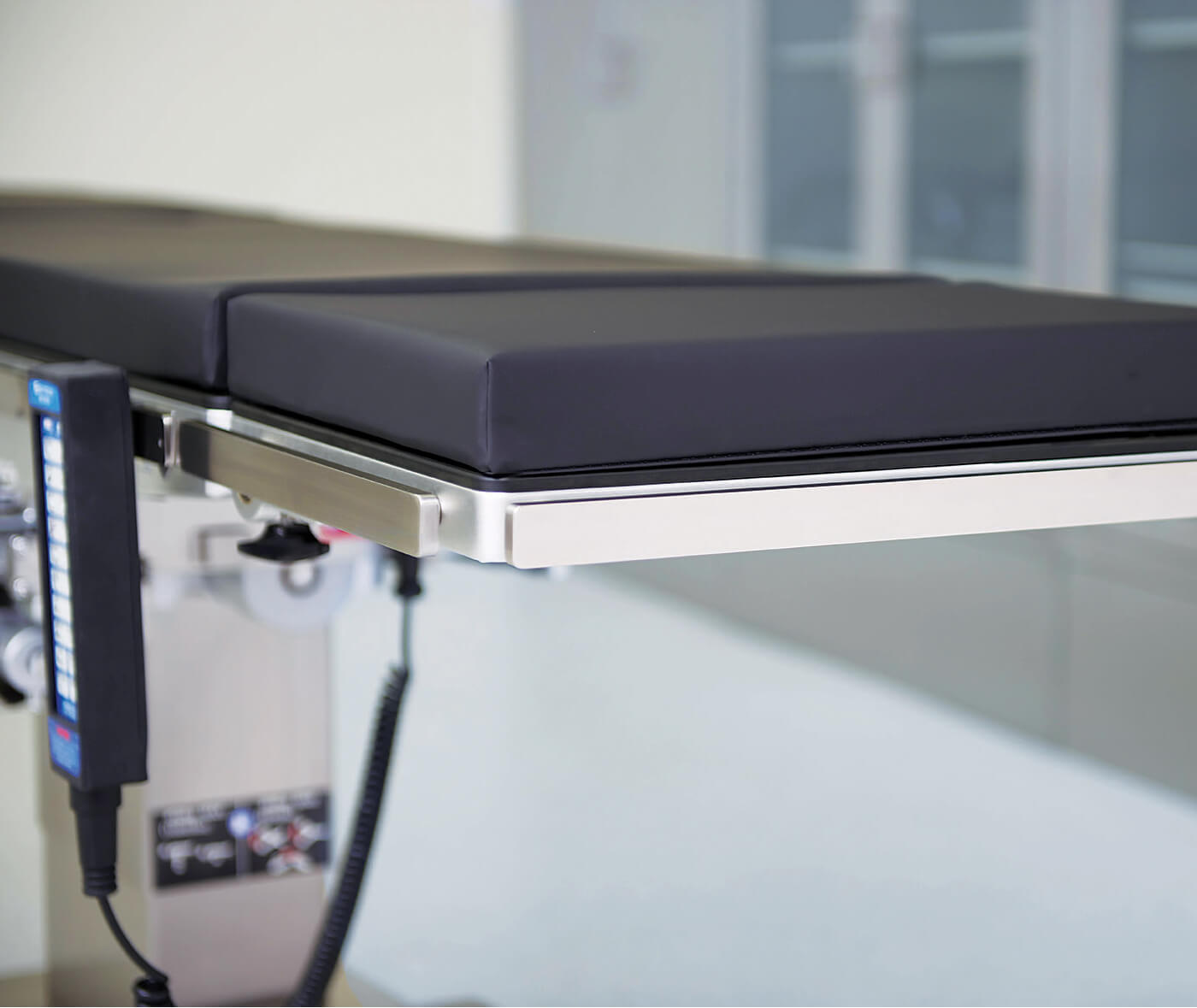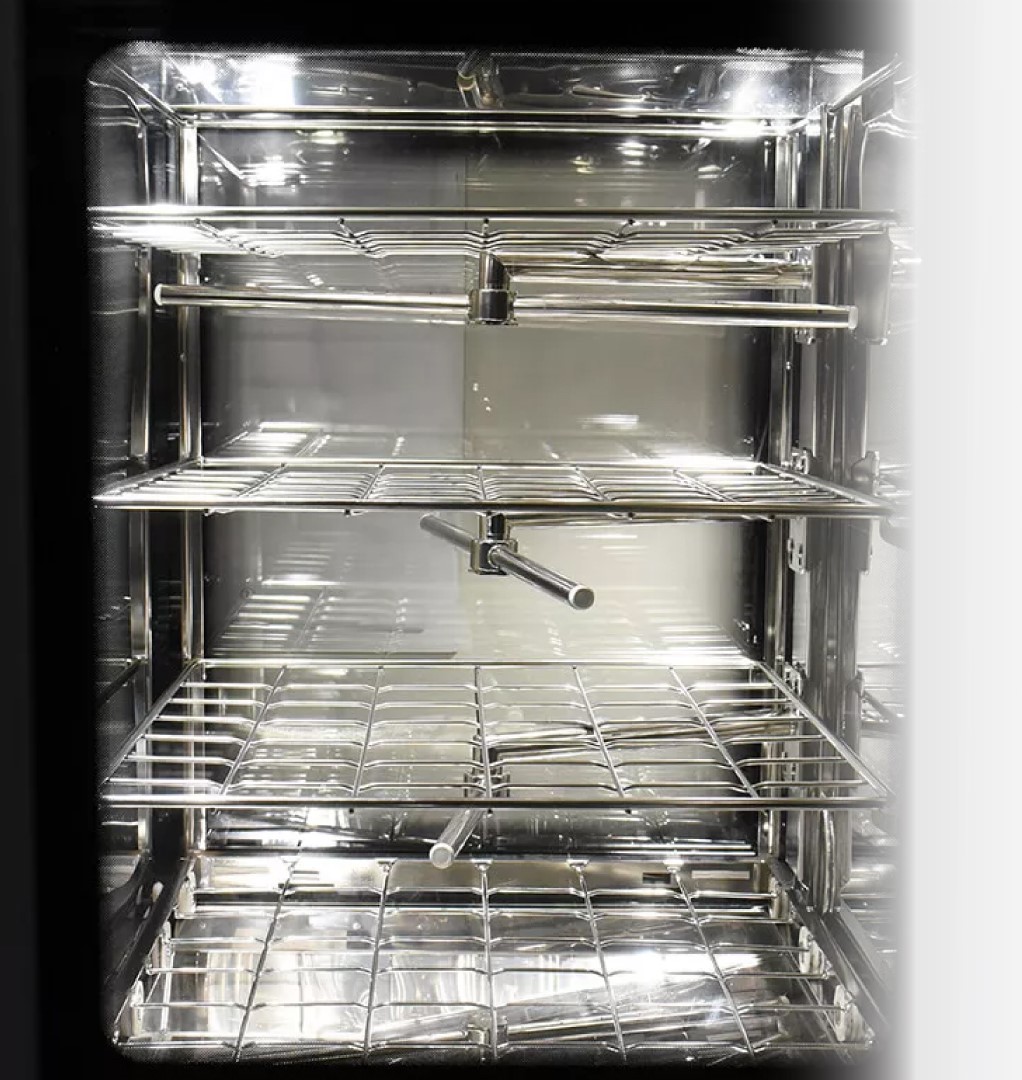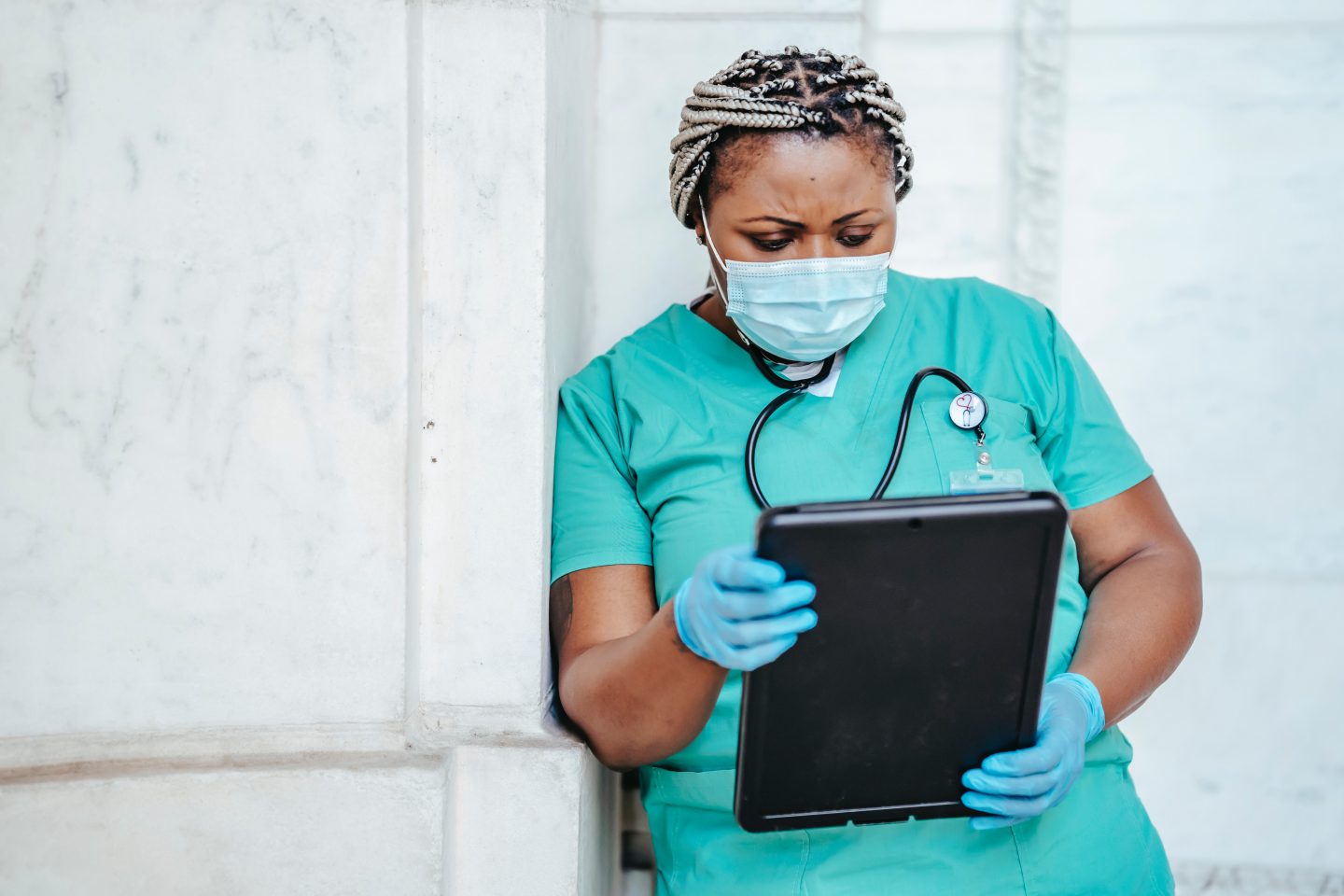
-
Written ByRebecca Kinney
-
PublishedJuly 20, 2022
The purpose of this write-up is to provide clinical staff with details surrounding ultrasonic cleaning. In Sterile Processing, we are tasked with multiple IFU’s, parameters, and regulatory checklists. We want to provide you with the basics of what you need to know when it comes to ultrasonic cleaning.
How does ultrasonic cleaning work?
Ultrasonic cleaning removes particulates by cavitation (bubbles) and implosion. Cleaners are used in conjunction with detergents and enzymatic cleaners. Waves of acoustic energy are transmitted in aqueous solutions and disrupt the bonds that hold particulate matter to surfaces.
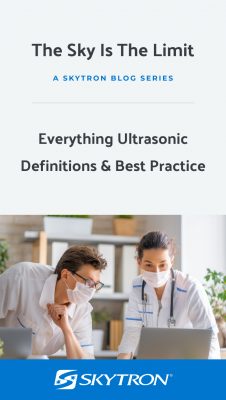
Most instrument manufacturers recommend ultrasonic cleaning as the most effective way to clean instruments, particularly those with hinges, locks, and other moving parts. Ultrasonic cleaners are considered a Class 1 medical device by FDA. They do not disinfect or sterilize instruments; however, when used in conjunction with manual cleaning, sonic cleaning can enhance the cleaning process and increase the effectiveness of disinfection and sterilization.
The parameters include; cavitation, flow sonic irrigation, and detergents.
The ultrasonic cleaning process allows for scrubbing action to reach small crevices, irregular surfaces, and internal passages, without damaging the intricate device. Ultrasonic washers are designed to dislodge challenging soils from the surface and lumens on instruments and provide consistent cleaning results throughout the washer chamber.
Per AAMI ST79/2017 7.6.4.3.3 Selection of Mechanical and Disinfection Equipment: there are several types of Ultrasonic cleaners:
1. Ultrasonic cleaning equipment
2. Ultrasonic irrigators
3. Ultrasonic irrigator washers
4. Ultrasonic irrigator washer-disinfector
When to test your sonic:
Per AAMI ST79/2017 7.6.4.4.1 General Consideration
B) Perform cavitation testing daily whenever the equipment is in use. Per AAMI ST79/2017 Annex D3 Cleaning Verification Tests for Users: Verification Tests for Ultrasonic Cleaners
Top considerations for your ultrasonic
1. Test for cavitation in an ultrasonic bath
- Indication can be the physical measurement of visual assessment
- Test for Soil Removal (external) in Ultrasonic Bath
- Indication is visual assessment or absence of marker on coupon placed in the ultrasonic bath
- Test for soil removal (internal within lumens) in Ultrasonic Bath
- Indication is visual assessment or absence of marker on a coupon placed in the ultrasonic bath
2. Water change after each use
AAMI ST79/2017
7.6.4.4 Ultrasonic Cleaning Equipment
7.6.4.4.1 General considerations
Ultrasonic cleaning should be:
d) performed with fresh cleaning solutions; solutions should be changed after each use (a “use” should be defined in the health care facility’s policies and procedures); and
e) followed by thorough clean water rinsing or detergent washing to remove ultrasonic cleaning equipment bath residues and contaminants.
3. Critical water is recommended
AAMI Standards TIR34
5.2.1.3 Rinsing
Tap water is often adequate for rinsing and removing soil loosened by the cleaning process and for rinsing and removing detergent residues, provided that it meets the requirements for Utility Water. However, if the quality of the tap water could cause corrosion, tarnishing, or salt deposits, it might be necessary to use various water treatment processes (e.g., softening, deionizing) to ensure that devices are not damaged and the ensuing disinfection or sterilization process will be effective. For devices that will contact the bloodstream of other sterile areas of the body, the final stage in rinsing requires water that does not have excessive levels of organics (e.g., endotoxins or other microbial constituents); therefore, critical water is recommended.
Per AAMI ST79/2017
7.6 Cleaning
7.6.1 General Considerations
c) Devices should be thoroughly rinsed. If a basin is used, the rinse water should be changed after each use. The final rinse (mechanical or manual) should be with purified water (e.g., distilled or RO water). See TIR34 for recommendations on the use of critical water.
4. Not all ultrasonics reprocess the same
There are some ultrasonics that are validated for reprocessing da Vinci Endowrists. We validated the Skytron Flex for mixed loads in the same cycle. That means you can reprocess your da Vinci, Orthopedic, cannulated, and non-cannulated in the same 35-minute cycle which includes thermal disinfection and critical water final rinse.
Meet our Skytron Flex washer-disinfector
- Clean All Ultrasonic Approved Instruments in One Cycle: Versatile design with the ability to irrigate cannulated instruments such as the da Vinci products and non-cannulated instruments in the same cycle.
- The Flex ultrasonic instrument cleaner can wash and disinfect up to 125 pounds of instrumentation using your current ultrasonic trays. Includes up to 6 trays per cycle
- Achieve optimal disinfection standards: the Flex Ultrasonic surgical cleaner only irrigates with fresh water and detergent and drains contaminated water after each cycle.
What do our customers say?
“The Skytron Flex has been a lifesaver for our department. The efficiency of throughput and being able to sonicate and wash along with a thermal rinse cycle in less than 40 minutes has been a game-changer for us. Being able to process up to 24 robotic arms in one cycle as well as using our existing trays to place orthopedic items into the unit reduces overall throughput time in decontamination.”
See how Skytron’s Flex Ultrasonic Washer can assist in your surgical instrument cleaning protocol with this video https://youtu.be/Xvlgh_acrBU or learn more about product specifications here http://www.skytron.com/products/sterile-processing/flex-ultrasonic-washer-disinfector/
Disclaimer: The purpose of this article is to provide you with a broad knowledge of Ultrasonic cleaning. Proper device and instrument reprocessing requires strict adherence to IFUs, national standards, and professional society guidelines. Your facility should have its own copies of AAMI guidelines and equipment IFUs.



